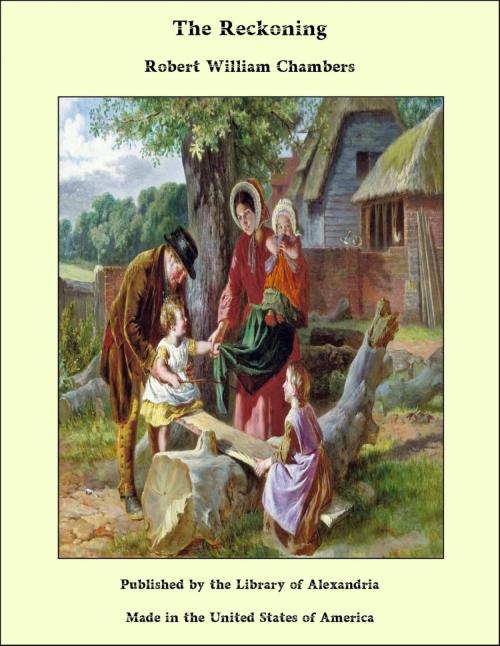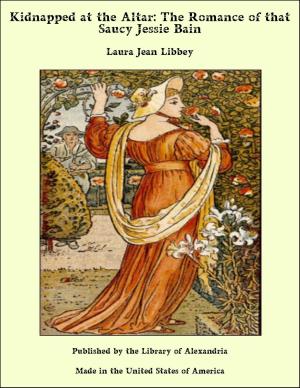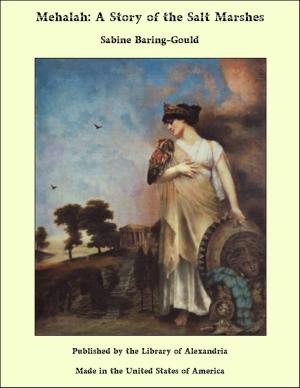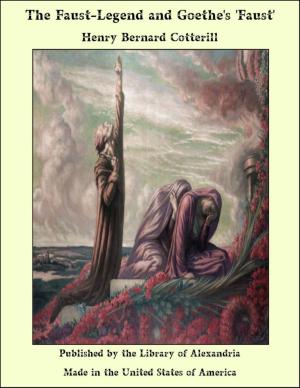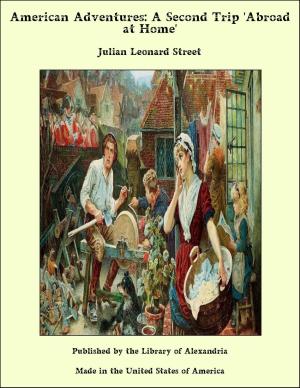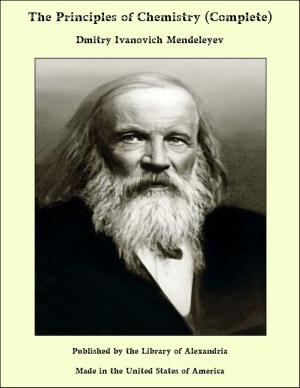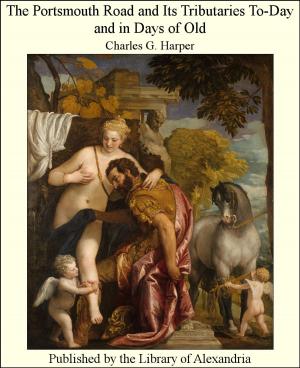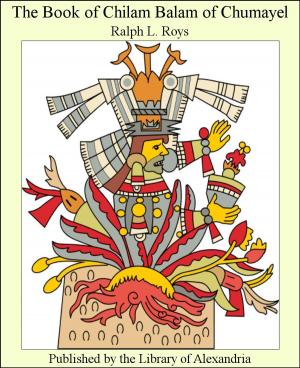| Author: | Robert William Chambers | ISBN: | 9781465609069 |
| Publisher: | Library of Alexandria | Publication: | March 8, 2015 |
| Imprint: | Language: | English |
| Author: | Robert William Chambers |
| ISBN: | 9781465609069 |
| Publisher: | Library of Alexandria |
| Publication: | March 8, 2015 |
| Imprint: | |
| Language: | English |
The author's intention is to treat, in a series of four or five romances, that part of the war for independence which particularly affected the great landed families of northern New York: the Johnsons, represented by Sir William, Sir John, Guy Johnson, and Colonel Claus; the notorious Butlers, father and son; the Schuylers, Van Rensselaers, and others. The first romance of the series, Cardigan, was followed by the second, The Maid-at-Arms. The third in order is not completed. The fourth is the present volume. As Cardigan pretended to portray life on the baronial estate of Sir William Johnson, the first uneasiness concerning the coming trouble, the first discordant note struck in the harmonious councils of the Long House, so, in The Maid-at-Arms, which followed in order, the author attempted to paint a patroon family disturbed by the approaching rumble of battle. That romance dealt with the first serious split in the Iroquois Confederacy; it showed the Long House shattered though not fallen; the demoralization and final flight of the great landed families who remained loyal to the British Crown; and it struck the key-note to the future attitude of the Iroquois toward the patriots of the frontier—revenge for their losses at the battle of Oriskany—and ended with the march of the militia and Continental troops on Saratoga. The third romance, as yet incomplete and unpublished, deals with the war-path and those who followed it, led by the landed gentry of Tryon County, and ends with the first solid blow delivered at the Long House, and the terrible punishment of the Great Confederacy. The present romance, the fourth in chronological order, picks up the thread at that point. The author is not conscious of having taken any liberties with history in preparing a framework of facts for a mantle of romance.
The author's intention is to treat, in a series of four or five romances, that part of the war for independence which particularly affected the great landed families of northern New York: the Johnsons, represented by Sir William, Sir John, Guy Johnson, and Colonel Claus; the notorious Butlers, father and son; the Schuylers, Van Rensselaers, and others. The first romance of the series, Cardigan, was followed by the second, The Maid-at-Arms. The third in order is not completed. The fourth is the present volume. As Cardigan pretended to portray life on the baronial estate of Sir William Johnson, the first uneasiness concerning the coming trouble, the first discordant note struck in the harmonious councils of the Long House, so, in The Maid-at-Arms, which followed in order, the author attempted to paint a patroon family disturbed by the approaching rumble of battle. That romance dealt with the first serious split in the Iroquois Confederacy; it showed the Long House shattered though not fallen; the demoralization and final flight of the great landed families who remained loyal to the British Crown; and it struck the key-note to the future attitude of the Iroquois toward the patriots of the frontier—revenge for their losses at the battle of Oriskany—and ended with the march of the militia and Continental troops on Saratoga. The third romance, as yet incomplete and unpublished, deals with the war-path and those who followed it, led by the landed gentry of Tryon County, and ends with the first solid blow delivered at the Long House, and the terrible punishment of the Great Confederacy. The present romance, the fourth in chronological order, picks up the thread at that point. The author is not conscious of having taken any liberties with history in preparing a framework of facts for a mantle of romance.
